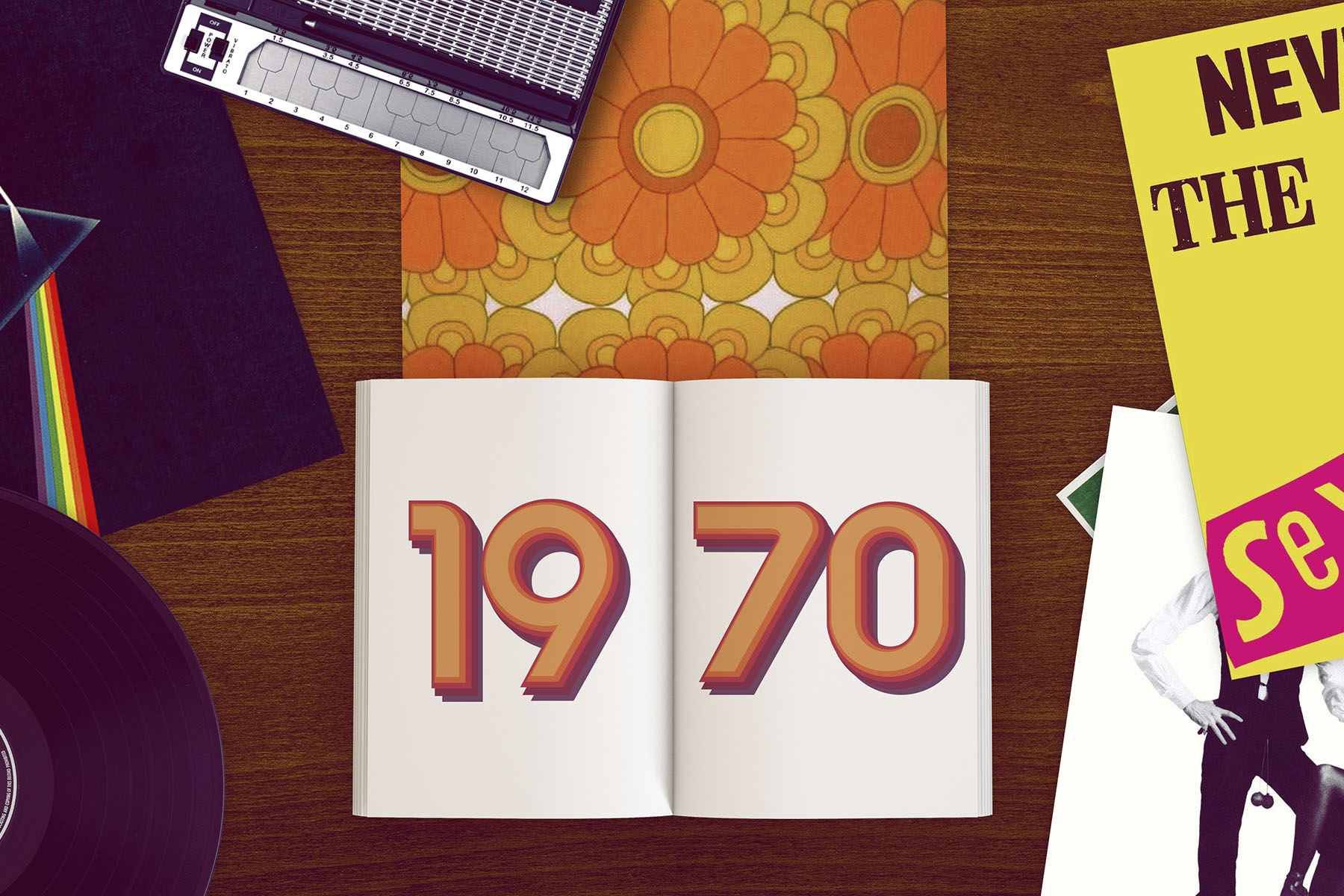Books that defined the 1970s

By the 1970s, the times, they really were a-changing. While hippy culture had all but run aground, the hedonistic counterculture that defined the 1960s had launched a seemingly unstoppable wave of political awareness around race, sexuality, the environment and the economic liberty of women.
But at the same time, the cold hand of reality was beckoning, and people were beginning to wonder, “So where, really, do we go from here?” For many, it felt like a sort of breathing space between the heady drama of the 1960s and whatever on Earth was around the next corner.
As such, the 1970s became a decade of intense cultural self-reflection. And, as always, there were writers aplenty ready in the wings to throw their pennies into the conversation. So here, from Toni Morrison to Thomas Pynchon, Germaine Greer to Robert Persig, are 20 of the best books that reflected what Tom Wolfe famously dubbed the "Me" decade.
'While feminism had started to take hold during the Swinging Sixties, the majority of Middle England still expected women to exist in the kitchen'
The Female Eunuch by Germaine Greer (1970)
Feminist publishing started with a bang in the Seventies: in October 1970, a 31-year-old Australian academic (and, increasingly, familiar face on television) named Germaine Greer released The Female Eunuch.
While feminism had started to take hold during the Swinging Sixties, the majority of Middle England still expected women to exist in the kitchen, dishing up dinners and raising children rather than having a career. Women couldn’t own a mortgage or a car, without the signature of their father or husband.
The Female Eunuch exploded this picture of suburban settlement, arguing that the nuclear family, complete with submissive housewife, repressed women’s sexuality to such an extent that they effectively became eunuchs. The book was phenomenally successful, nearly selling out its second print run within five months. While critics dismissed The Female Eunuch as “fatally naive”, among other things, it nevertheless defined the brand of feminism that Greer unleashed: riotous, furious and unafraid of conflict.
Are You There, God? It's Me, Margaret by Judy Bloom (1970)
YA fiction may seem like a contemporary phenomenon: even millennials may argue that they were well into their Twenties when phenomena such as Twilight and The Hunger Games came along. But before that we had Judy Blume, who was truly revolutionary when she started writing about topics including sex, birth control, masturbation and grief for teenagers in the late Sixties.
Are You There, God? It’s Me, Margaret was Blume’s third book – and the one that catapulted her to recognition. The titular Margaret is 11, desperate for puberty to arrive and confused about what her parents’ interfaith marriage means for her own beliefs.
But also the more relatable things: the all-consuming trial of buying one’s first bra, having a period and fancying boys in class. No wonder Time magazine declared that Blume “turned millions of pre-teens into readers”.
'The coffee-table Kama Sutra of the baby-boom generation'
The Joy of Sex by Alex Comfort (1972)
Sexual intercourse didn't begin in 1963, as Philip Larkin famously larked in the poem 'Annus Mirabilis'. Good gracious no. What we know of sex today began nine long years after that with the publication of Alex Comfort's “gourmet guide to lovemaking”.
It was, in effect, a sex manual for people who wanted to make love, not war, throbbing with graphic descriptions of sexual positions, each demonstrated by vivid illustrations of a bearded man and his valentine engaged in all manner of corporeal entanglements.
Part of its sensational appeal was its humour, riffing masterfully on the cookbook style, including chapters like ''Starters,'' ''Main Courses'' and ''Sauces and Pickles.'' But its advice, too, raised more than just eyebrows. “Never fool around sexually with vacuum cleaners,” it wisely counselled, tongue only half in cheek.
The world lapped it up, and it became – as The New York Times put it – “the coffee-table Kama Sutra of the baby-boom generation". Twelve million copies sold, it was a radical text that revolutionised the sex life of 1970s suburbia.
"[The Shining movie] is like a big, beautiful Cadillac with no engine inside it" - Stephen King
The Shining by Stephen King (1977)
The 1970s were arguably Stephen King's ripest decade. It was the period he wrote Carrie, Salem's Lot, Rage, The Stand and Dead Zone. But if there is one novel so entrenched in the cultural landscape that most people know the story whether they've read it or not, it's The Shining (partly, but by no means exclusively, thanks to Stanley Kubrick's mind-melting movie adaptation).
As if you really need a synopsis, it's about a man who takes a job as a caretaker at a remote hotel for the winter. He brings his wife and son for the season with hopes of finishing his novel, breaking his alcoholism and fixing his family's issues. Only, in the hotel's vast emptiness, he slides hopelessly into murderous insanity as reality and fantasy bleed into one.
It has become one of the most popular and enduring horror stories of all time, and would set the tone for a writer who has by now had more books adapted or optioned than any other living author. (side note: King hated Kubrick's movie, once describing it as like “a big, beautiful Cadillac with no engine inside it.”)